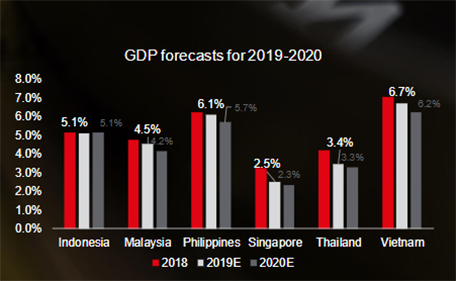U.S President signed tax bills into law and shows two things can be true at once
United States President Donald Trump signed Republicans’ massive $1.5 trillion tax overhaul into law on Friday, cementing the biggest legislative victory of his first year in office, and also approved a short-term spending bill that averts a possible government shutdown.
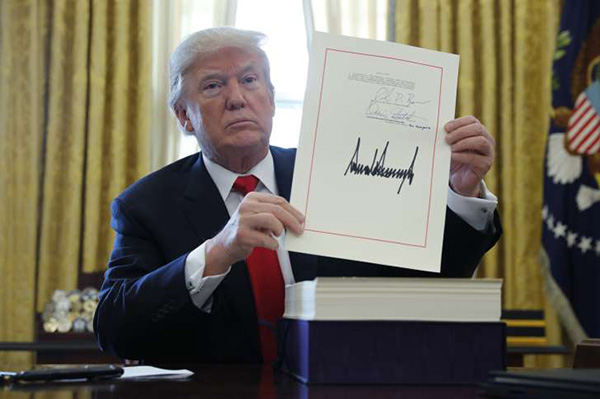
The two pieces of legislation represent Trump’s most significant accomplishment with Congress since taking office in January, as well as a sign of what awaits when he returns from his Mar-a-Lago resort in Florida after the Christmas holiday. The tax package, the largest such overhaul since the 1980s, slashes the corporate rate from 35% to 21% and temporarily reduces the tax burden for most individuals as well. Democrats had opposed the bill as a giveaway to the wealthy that would add $1.5 trillion to the $20 trillion national debt during the next decade.
Two things can be true at once. President Donald Trump's tax overhaul is slanted to the rich, as Democrats say and Republicans like to ignore. It also comes with tax cuts for average people, which Democrats bypass in slamming Trump's betrayal of the middle class.
"Trump's signing of the tax bill into law on Friday capped a week also marked by a national security speech in which Trump misrepresented the records of his predecessors in his ceaseless effort to claim achievements that in many cases remain ambitions."
Not so, in either case. For months Trump has refused to recognize larger tax cuts in history, of which there have been many, or to grant that other presidents have enacted big tax cuts since Ronald Reagan in the 1980s. The White House won't explain how he arrives at his conclusion.
"An October analysis by the Committee for a Responsible Federal Budget found that it would be the eighth biggest since 1918. As a percentage of the total economy, Reagan's 1981 cut is the biggest followed by the 1945 rollback of taxes that financed World War II." Trump's plan is also smaller than cuts in 1948, 1964 and 1921, and probably in other years.
Additionally, a Treasury Department analysis found Reagan's 1981 tax cut had an annual average cost of nearly 2% of GDP. This would translate into roughly US$400 billion in today's dollars. "The tax cuts peak at US$280 billion in 2019."
"Valued at US$1.5 trillion over 10 years, the plan is indeed large and expensive. But it's much smaller than originally intended. Back in the spring, it was shaping up as a US$5.5 trillion package. Even then it would have only been the third largest since 1940 as a share of gross domestic product. The government uses percentage of GDP to measure most budget and tax issues over time because that measure puts tax revenues and federal outlays in context relative to the entire economy."
"Modest doesn't usually make for a miracle. Pence's praise to the boss reflects Trump's assertion that it's a tax bill for the middle class, as he often put it, but average people are not the prime beneficiaries of the tax cuts. Aside from businesses, rich people get the most."
The nonpartisan Tax Policy Center estimates the biggest benefit of the new law will go to households making US$308,000 to US$733,000. Households making over that should get a tax cut worth 3.4% of their after-tax income. For the richest 0.1% making over US$3.4 million, the tax cut should be worth 2.7% of their after-tax income. For middle-income earners: 1.6%, the center estimates. Moreover, only high-income people would get a meaningful tax cut after 2025, when nearly all of the plan's individual income tax provisions are due to expire.
Republicans argue that the middle class will also see benefits from the business tax cuts, in the form of more jobs and higher wages.
According to the Tax Policy Center: Their bill increases taxes on lots of middle-class people, the top 1% of earners in our country gets 83% of the benefits.
The facts: The tax cuts are not nearly as lopsided as many Democrats are portraying them. Almost all of the "middle class" would initially pay less in taxes.
For the next eight years, the vast majority of middle-class taxpayers, those earning between US$49,000 and US$86,000 will receive a tax cut, albeit a small one. In 2018, nine-tenths of the middle class will get a cut, according to the Tax Policy Center. In 2025, 87% will. The tax cut won't be very big: just US$930 next year for the middle one-fifth of taxpayers, the center's analysis concludes. For those paid twice a month, that's about US$40 a paycheck.
Schumer and other Democrats who have blasted the plan as a middle-class betrayal are basing their assertions on the fact that nearly all personal tax cuts expire after 2025. That would result in a slight tax increase for about two-thirds of the middle class by 2027. The top 1% would still get a cut that year.
Only in 2027 do the wealthiest taxpayers get 83% of the benefit, as Schumer says. In 2018, roughly 21 percent of the tax cut's benefits go to the richest 1%, a much smaller figure, though still a disproportionate share. Just 11% will go to the middle one-fifth.
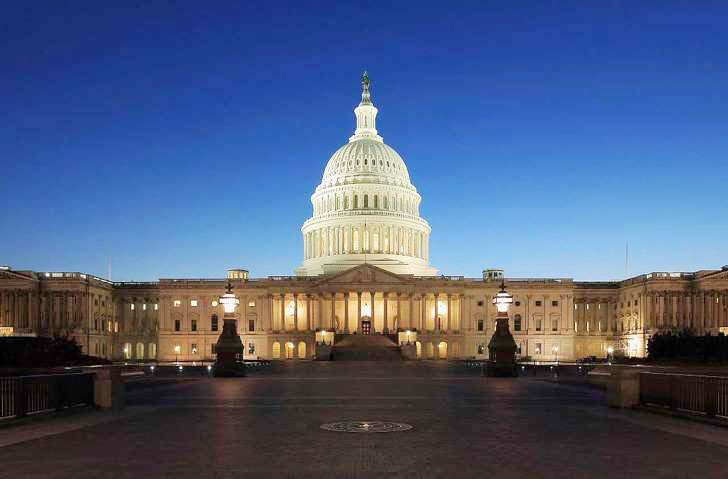
Donald Trump on his tax legislation: Obamacare has been repealed in this bill.
The facts: It hasn't. The tax plan ends fines for people who don't carry health insurance. That's a major change but far from the dismantling of the health law.
"Other marquee components of Barack Obama's law remain, such as the Medicaid expansion serving low-income adults, protections that shield people with pre-existing medical conditions from being denied coverage or charged higher premiums, income-based subsidies for consumers buying individual health insurance policies, the requirement that insurers cover essential health benefits, and the mandate that larger employers provide coverage to their workers or face fines."
Also, the tax law doesn't repeal fines for uninsured individuals until the start of 2019, meaning the individual mandate is still in force for next year unless the administration acts to waive the penalties.
Donald Trump: When the individual mandate is being repealed, that means "Obamacare is being repealed" because they get their money from the individual mandate.
The facts: This is also wrong. The fines on people who don't carry health insurance only provide a small fraction of the financing for the program. Most of the money comes from higher taxes on upper-income people, cuts in "Medicare payments to service providers, and other tax increases." The Congressional Budget Office estimated that fines from uninsured people would total US$3 billion this year, while the government's cost for the coverage provided under the health law would total about US$117 billion.
Related news
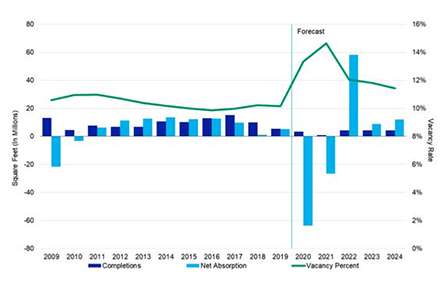
Ho Chi Minh City Real Estate Market Quarterly Reports | Q3 2021
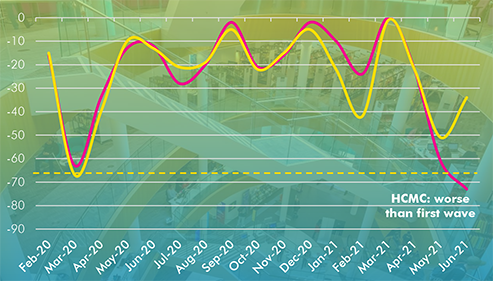
Ho Chi Minh City Real Estate Market Quarterly Reports | Q2 2021
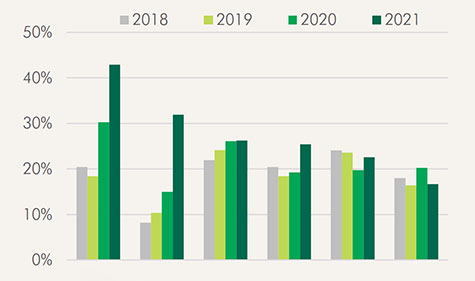
Ho Chi Minh City Real Estate Market Quarterly Reports | Q1 2021
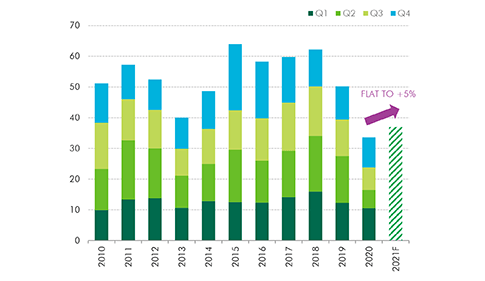
Ho Chi Minh City Real Estate Market Quarterly Reports | Q4 2020
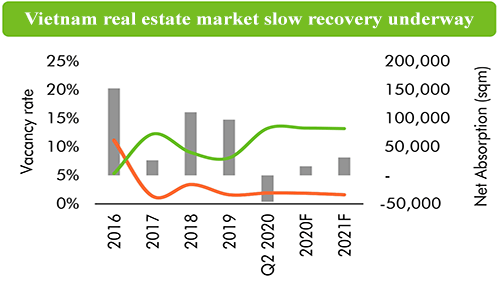
Ho Chi Minh City Real Estate Market Quarterly Reports | Q3 2020
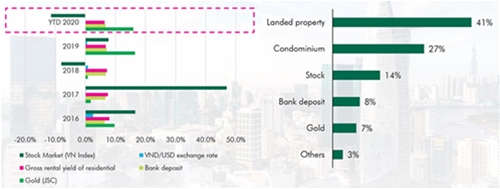
Ho Chi Minh City Real Estate Market Quarterly Reports | Q2 2020
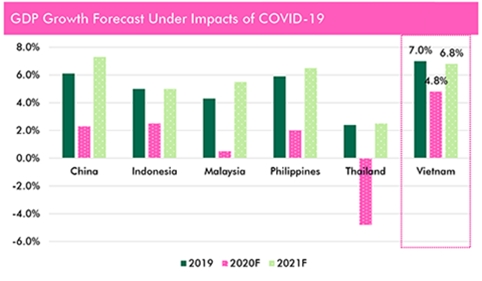
Ho Chi Minh City Real Estate Market Quarterly Reports | Q1 2020
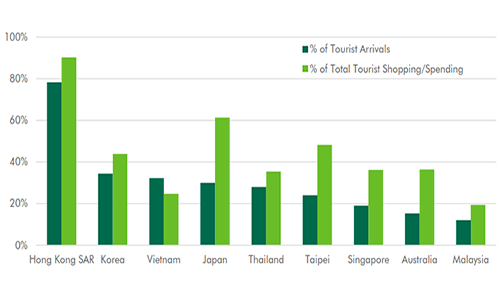
Ho Chi Minh City Real Estate Market Quarterly Reports | Q4 2019
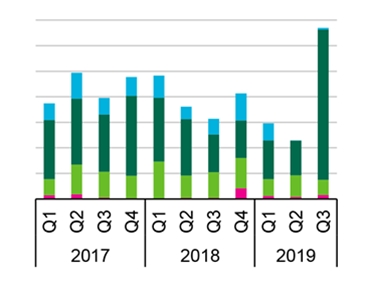
Ho Chi Minh City Real Estate Market Quarterly Reports | Q3 2019
